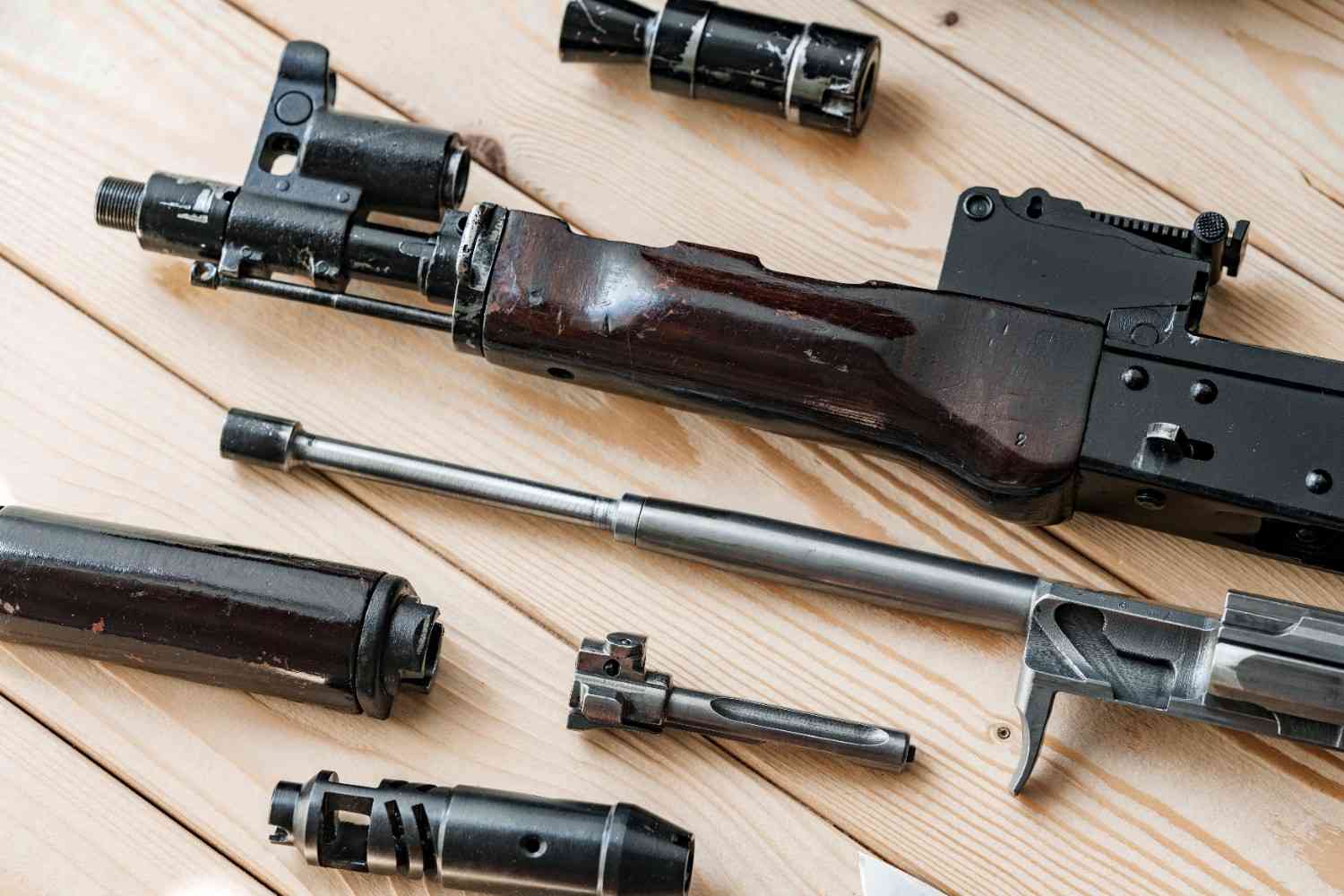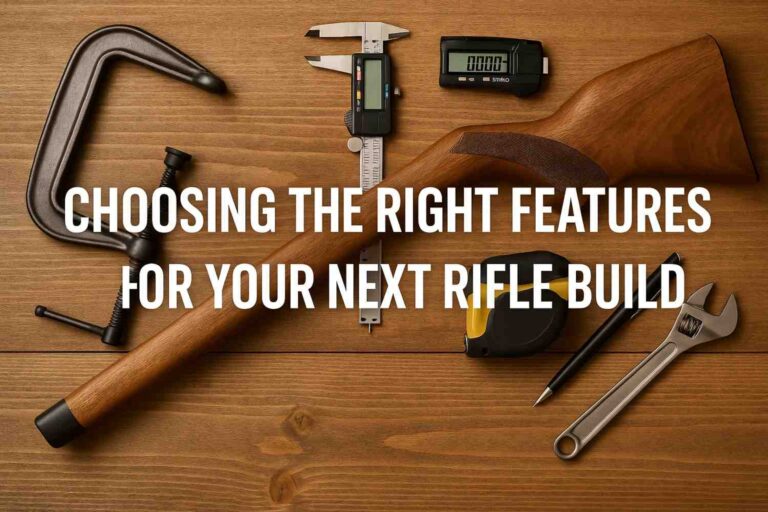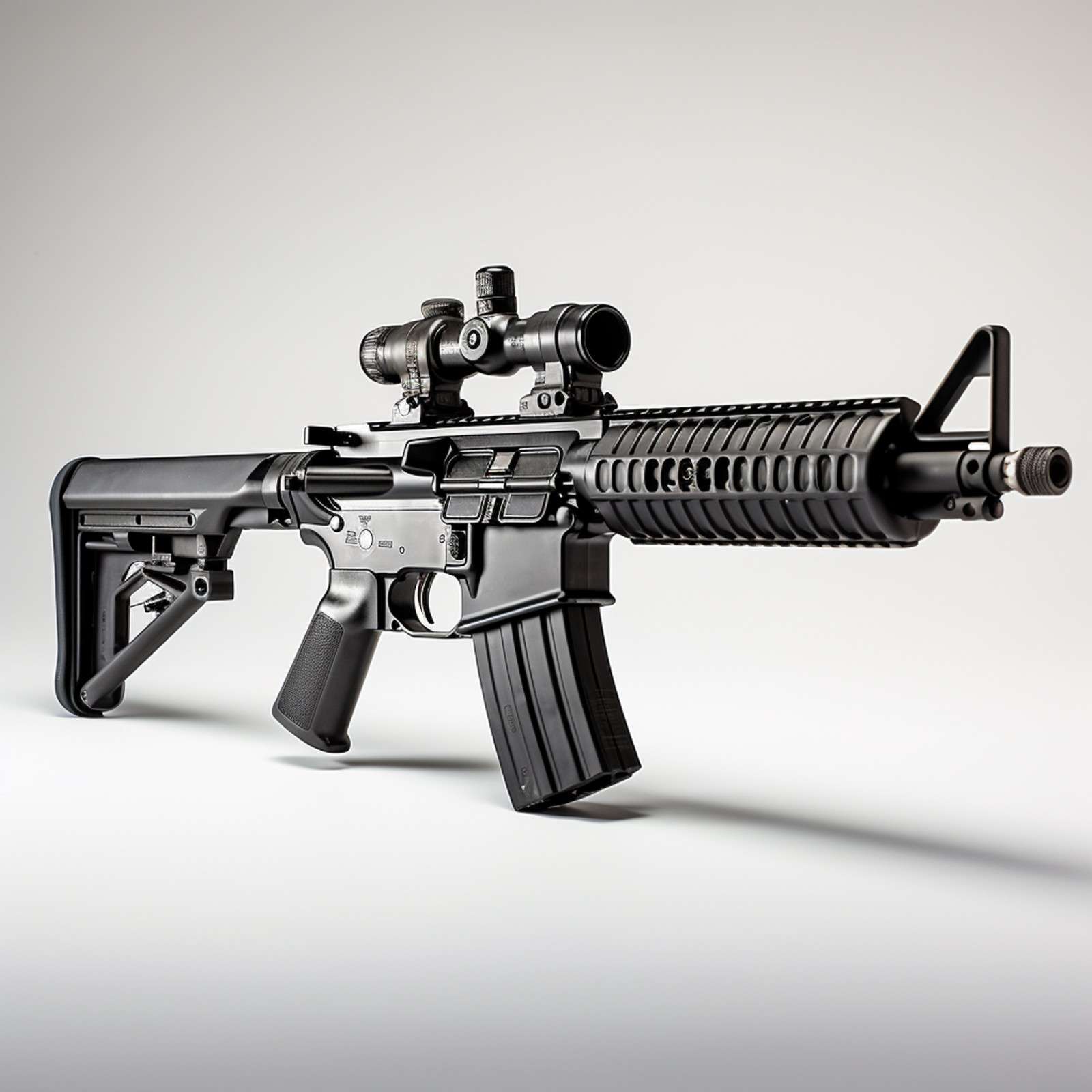Building a rifle is as much about its purpose as it is about its parts. Whether your next project is a range toy, a hunting rig, or a truck gun, the features you choose for the stock and supporting components will determine how the rifle feels, performs, and holds up. This guide walks through the important choices to make when selecting an AR-15 stock and other adjustable stock options.

Define the rifle’s role first
Start by considering a few key questions: Will you be firing long strings at the range, carrying the rifle for extended periods, or focusing on precise follow-up shots? Your answers will determine the right stock choice. For long-range or precision builds, prioritize a stable cheek weld and consistent length of pull to ensure repeatable positioning. For patrol-style or lightweight builds, compactness and adjustability take precedence. Choose a stock that matches your shooting needs and the environments you’ll use the rifle in, ensuring the ergonomics enhance your performance rather than hinder it.
Comfort and ergonomics: length of pull and cheek weld
Two key physical fit variables are length of pull (LOP) and cheek weld height. LOP, the distance from the trigger to the stock’s end, dictates how naturally you shoulder the rifle and reach the trigger. Many stocks offer adjustable LOP for comfortable use by multiple shooters. A solid cheek weld—the contact point between your face and the stock—improves sight alignment and stability. Stocks with built-in or modular cheek risers allow precise height adjustment for optics. Comfortable ergonomics reduce shooter fatigue and improve accuracy over repeated shots.
Material and durability
Stocks use various materials: lightweight polymer, reinforced composites, or metal-reinforced systems. Consider the rifle’s intended use. Polymer stocks are light and weather-resistant, while stiffer composites offer precision. Durability affects long-term value. For heavy use or exposure to moisture and dirt, choose stocks with reinforced attachment points and corrosion-resistant parts. A rugged stock maintains consistency and withstands handling.
Adjustable features and modularity
Adjustability is a key benefit for many builders. An adjustable stock lets users quickly change the length of pull (LOP), even while wearing gloves or body armor. Additional features often include folding mechanisms for compact transport, quick-detach sling mounts, and storage compartments for small tools or spare parts. Modularity is also important if you plan to upgrade other components later. Stocks compatible with standard buffer tubes or mounting systems allow easy accessory swaps or configuration changes. Choose a stock that works with your current upper and lower parts and can adapt to future upgrades.
Recoil management and comfort pads
Recoil management is often overlooked for semi-automatic rifles. However, a comfortable recoil pad can help keep the muzzle on target during follow-up shots. Some stocks include thicker butt pads or energy-absorbing materials to soften recoil. If you shoot suppressed or with heavier calibers, consider a stock designed to manage perceived recoil and improve accuracy.
Sling and accessory mounting
Consider how you’ll carry and stabilize your rifle. Stocks with multiple sling attachment points—like fixed QD cups, M-LOK slots, or simple loop mounts—offer flexibility for single-point or two-point sling setups. If you use shooting bags, bipods, or rear monopods, ensure the stock’s design allows for stable placement. Accessory mounting also includes storage for small items like spare batteries or cleaning kits. Integrated compartments are convenient for field use, but ensure they don’t compromise the stock’s structural integrity.
Weight and balance
A heavy stock can make the rifle muzzle-heavy and tiring to hold. Conversely, an extremely light stock might reduce controllability. Balance the need for features with the rifle’s overall weight. If adding optics, lights, and other gear, choose a stock that helps maintain a comfortable center of gravity, preventing excessive forward weight.
Final checklist before you buy
- Confirm compatibility with your buffer tube and lower receiver.
- Test (or visualize) the length of pull and cheek height for your body and preferred optics.
- Evaluate material and construction for expected use conditions.
- Check mounting options for slings and accessories you will actually use.
- Consider adjustability and modularity for future upgrades.
Conclusion
Choosing the right AR-15 stock balances comfort, durability, and practical features for your needs. A well-matched stock improves accuracy, reduces fatigue, and enhances the shooting experience. Take time to fit the ergonomics to your body and select features based on how you’ll actually use the rifle.


